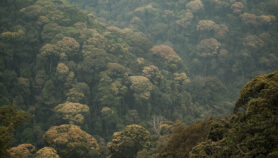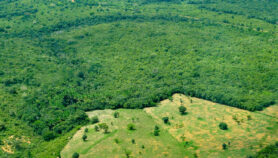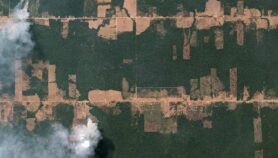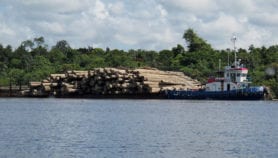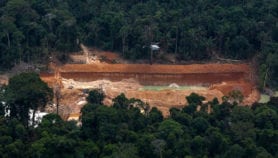By: Papri Sri Raman
Send to a friend
The details you provide on this page will not be used to send unsolicited email, and will not be sold to a 3rd party. See privacy policy.
[CHENNAI] Claims that coastal forests can protect communities from the impact of tsunamis have been dismissed in a new report.
Researchers analysed the pattern of damage that occurred during the 2004 Indian Ocean tsunami and say that there is no compelling evidence that coastal forests — such as mangroves — can act as ‘bioshields’ to adequately protect against tsunamis or cyclone storm surges. The full report is soon to be published by the UN Environment Programme.
They go on to say that it would be "extremely dangerous" to rely on tree-planting alone to protect coastal communities.
Other factors, such as the height of a village above sea level and its distance from the shore need to be incorporated into an extensive, statistically sound analysis of which factors determine the impact of tsunamis.
Following the 2004 tsunami, studies claimed there was less damage to communities where there was a tree or vegetation barrier. Naluvedapathy — a coastal village in the state of Tamil Nadu — hit the headlines as a village that was saved by its bank of 60,000 casuarina and eucalyptus trees.
Bioshields have now become part of India’s National Disaster Management Plan and official policy, and many organisations have established programmes in the country.
In 2005, 254,464 trees were planted in a single day in Vedaranyam, Tamil Nadu, and state forest departments have been funded by the World Bank’s Emergency Tsunami Reconstruction Project to plant trees.
The M.S. Swaminathan Research Foundation (MSSRF) has also spent more than six million Indian rupees (about US$120,000) on bioshield research.
"Increasing green cover in any area is not waste of money … [The study] needs to be ignored," V. Selvam, programme director of Coastal Systems Research at MSSRF, told SciDev.Net.
"Enough field-based and laboratory-oriented studies have been conducted to provide proof that bioshields can mitigate the impact of tsunamis. This conclusion is accepted by many global organisations," he said.
But Andrew Baird of the ARC Centre of Excellence for Coral Reef Studies and James Cook University, Australia, who led the study, says in a press release: "In my own visits to the tsunami-ravaged areas, I saw places where quite heavy vegetation had provided absolutely no protection at all against the force of the ocean."






